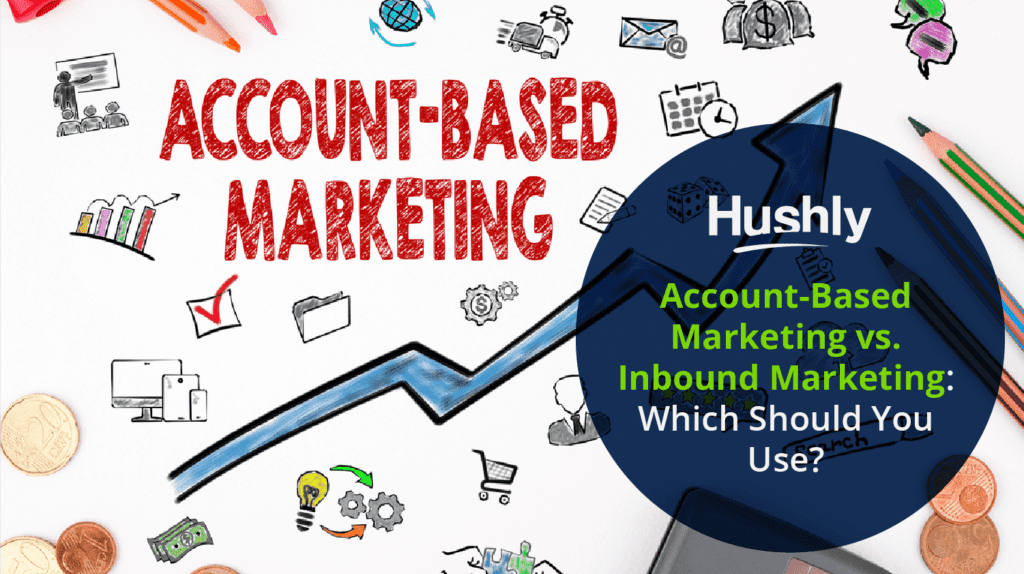Filters
Content Type
Topic
How to Develop B2B Content Pillars or Themes
A B2B buyer who is looking for a product similar to what you’re selling needs to do research. They can’t rely just on your marketing promotions for accurate information, and you can be sure that, regardless of how strong your message is, it’s not going to be the last message they see or hear. B2B marketers have to be certain before they make deals because there’s more than just their own interests on the line.
All of this means that, when you do grab the attention of a B2B prospect, you need to make sure you’re providing value in exchange for it. Ideally, you can design content pillars or themes that funnel the prospect into a streamlined buyer journey.
To do this effectively, you’re going to need a firm understanding of what a content pillar is and how to use it. Then, we can walk you through some simple ways you can start developing content pillars of your own.

What is a B2B Content Pillar or Theme?
Think of what a pillar does in construction: It’s a connection to the ground that holds up the structure itself. Without the pillars, a structure wouldn’t have anything to stand on, so to speak.
Content pillars function similarly.
When creating content pillars, your focus should be on creating a piece of content that dives deep into the details of whatever you’re covering. This piece of content should be an authoritative, one-stop shop of information on your subject.
As your website evolves and you add more and more content, you may add additional pillars and themes along the way. As you build your content portfolio with smaller pieces that add additional details or resources to the main pillar, you should focus on interlinking all of these content pieces.
This way, you can create a network of pillars and sub-pillars that customers can journey through while in the consideration stage of the sales funnel.
Content Hubs Make Great B2B Content Pillars
Holding a customer’s attention and using it to educate them on the value you can provide is the key idea behind a content pillar.
A perfect example of this is a content hub where all of your most important marketing content is collected and displayed to potential customers.
From a content hub, customers should have access to omnichannel content they can access anywhere and anytime they please. A great content hub is a critical step toward a great buyer journey since it represents an opportunity for a customer to delve into the rabbit hole of content you’ve been developing.
Why Do Content Pillars Matter?
Content pillars have a lot of benefits for customers and your business. Here are a few:
Content Pillars Improve SEO
One of the main factors that drive your search engine rankings is authority and expertise.
Essentially, the more your page is linked to by other sources, the more authoritative Google sees it as. If everyone is using your content pillar to educate people on a certain topic, you’ll quickly climb high in the rankings.
Driving traffic to your website in this way represents a perfect opportunity to generate leads and start customers on their buyer journey.
Expansive Content Pillars Hold Buyer Attention
If your content pillar is detailed and expansive enough, it should represent a great learning experience for your customers. This isn’t just valuable but ideally entertaining and engaging as well.
If you can infuse your content pillars with relevant and contextual calls to action throughout, you’ll be able to convert the extra traffic and attention into more leads and conversions.
For tips on how to create better B2B marketing content, check out our free eBook, Efficient Growth at Scale.
Accurate Content Themes Will Help You Connect with the Right Buyers
You want to make sure that your content is reaching the right B2B buyers. That means those buyers who are not only interested in what you’re selling but ready to buy it soon.
By developing comprehensive content pillars, you can quickly inform potential buyers of your message and why it’s something their business needs.
The flip side of this is ensuring that you’re not wasting the time of buyers who aren’t interested in buying. If you did generate false leads this way, you’d also spend more time and resources educating them, only for them to eventually learn that you’re not a good fit.
Content pillars can save time for both you and the customer. This means that even the customers who don’t end up buying your products will be grateful that your detailed and specific content pillars saved them the trouble of extra research. It’s this kind of goodwill that builds relationships and may even earn you a customer in the future.
How to Come Up with Content B2B Pillars for Your Company
Here are some simple principles you can follow to create excellent content pillars:
Start with a Plan
To plan your content pillars, do each of the following:
- Determine your pillar topic. You’ll want a clear statement of your initial topic. Remember that this is going to be your main content theme, meaning it should be on a topic your company covers extensively and knows a great deal about. It should be long enough to explain most major details to the buyer and engaging enough that they’ll want to keep consuming it.
- Determine sub-pillars. Alongside your main content pillar should be several smaller sub-pillars that directly relate. This allows you to interlink these articles which will improve your authority and drive extra traffic via SEO.
- Audit your existing content. If you have content on your website already, check if any of it can be used for the main content pillar or any of the sub-pillars. This will keep your content organized and contextual.
Decide Between Evergreen or Timely Pillars
An evergreen pillar will be on a subject that’s always relevant. This could be a piece of history that will remain unchanged or a fundamental principle of your business that drives your product development. These pillars are great for companies with established products that are operating in a marketplace that isn’t likely to see any technological upheaval or revolutions.
On the other hand, you may be running a business that operates on the cutting edge of technology. Say you’ve recently developed a new technology that will need explaining to potential customers. A well-designed content pillar can help you communicate your new invention to a wide audience.
Focus on Interlinking
Regardless of your content pillar topics, you must interlink all of your sub-pillars and pillars together.
This will take some planning. You must have a solid idea of which sub-pillars will relate to one another. This will make it easy to develop a buyer journey using your content pillars and sub-pillars that will allow a smooth transition between all content.
Hushly Can Help Improve Your Pillar Content
Hushly knows content marketing.
Not only do we use it extensively for our own marketing (you’re in it now!), but we also specialize in developing easy-to-use technological solutions that can help you build content pillars of your own.
For example, our dynamic content hubs can collect all of your most relevant content and display it to those buyers who are most ready to buy. We do this with a combination of targeting and personalization you won’t find with other tools online.
Let’s get started on creating your content pillars today. Request a demo of Hushly to find out more.
The post How to Develop B2B Content Pillars or Themes appeared first on Hushly.



